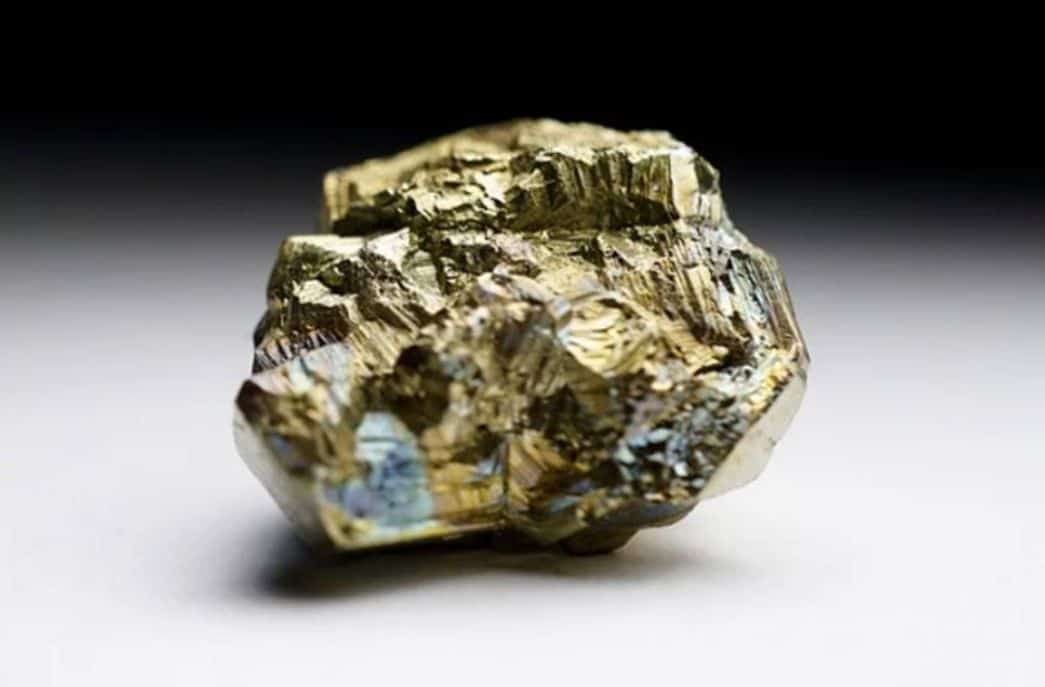Scientists have electrically transformed iron sulfide from an abundant, low-cost non-magnetic material, also known as “fool’s gold” or pyrite, into a magnetic material
This is the first time that scientists have electrically transformed a completely non-magnetic material into a magnetic one, and it could be the first step in creating valuable new magnetic materials for more energy-efficient computer memory devices.
The research on pyrite, known as ‘fool’s gold’ for its gold-like appearance, has been conducted at the University of Minnesota and is published in Science Advances.
“Most people with a background in magnetism would probably say that it was impossible to electrically transform a non-magnetic material into a magnetic one.
However, when we looked a little deeper, we saw a potential route and made it happen,” said Chris Leighton, the study’s principal investigator and professor in the Department of Chemical Engineering and Materials Science at the University of Minnesota.
Leighton and his colleagues have been studying iron sulfide, or “fool’s gold,” for more than a decade for possible use in solar cells. Sulfur in particular is a very abundant and low-cost by-product of oil production.
Unfortunately, scientists and engineers have not found a way to make the material-efficient enough to make low-cost, abundant solar cells on earth.
“We really went back to the iron sulfide material to try and uncover the fundamental obstacles to cheap, non-toxic solar cells,” said Leighton.
“Meanwhile, my group was also working in the emerging field of magnetosonic, where we tried to use electrical voltages to control the magnetic properties of materials for potential applications in magnetic data storage devices. At some point, we realized that We should combine these two directions of research, and it was worth it.”
Leighton said his goal was to manipulate the magnetic properties of materials with a single voltage, with very little electric current, which is important in making magnetic devices more energy efficient.
Progress to date had included turning ferromagnetism, the most technologically important form of magnetism, on and off other types of magnetic materials. However, iron sulfide offered the possibility of electrically inducing ferromagnetism in a completely non-magnetic material.
In the study, the researchers used a technique called electrolyte activation. They took the non-magnetic iron sulfide material and placed it in a device in contact with an ionic or electrolyte solution, comparable to Gatorade.
Then they applied just 1 volt (less voltage than a household battery), moved positively charged molecules to the interface between the electrolyte and iron sulfide, and induced magnetism. Importantly, they were able to turn off the voltage and return the material to its non-magnetic state, meaning they can reversibly turn magnetism on and off.
“We were pretty surprised that it worked,” said Leighton. “By applying the voltage, we essentially pour electrons into the material. It turns out that if you get high enough concentrations of electrons, the material wants to spontaneously become ferromagnetic, which we could theoretically understand. This has a lot of potentials.
“Having made it with iron sulfide, we believe we can also make it with other materials.”
